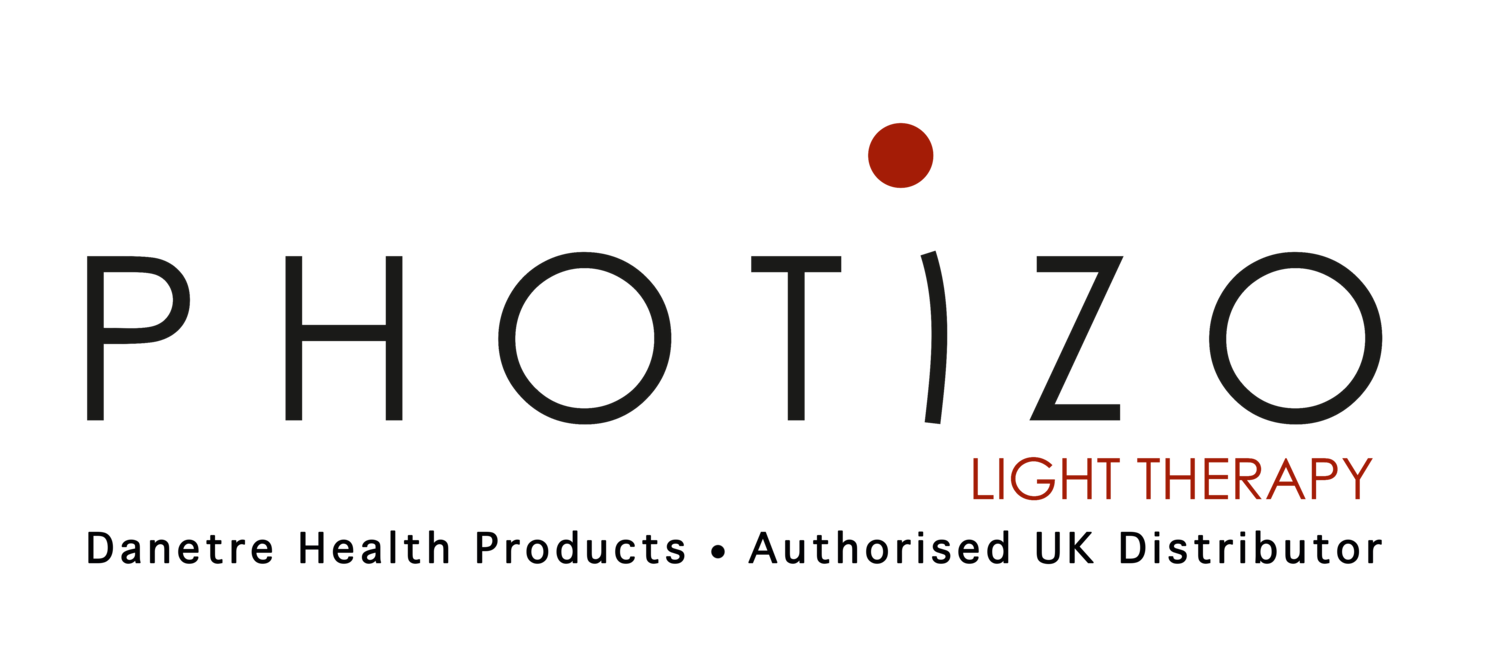Treating rugby injuries and non-chronic pain using red light therapy
If you watch rugby, you will realise very quickly why injuries are common. Because rugby involves a great deal of running at speed, it is inevitable that issues such as tendinitis in the knee or ankle, medial tibial stress syndrome (shin splints) and bursitis (a painful condition that affects the small, fluid-filled sacs — called bursae — that cushion the bones, tendons and muscles near your joints) are all painful overuse injuries commonly seen in this sport.
Knee injuries like ligament sprains and meniscus (fibrocartilage strips) tears can occur from contact force caused by collisions or from rotational forces during a quick change of direction. Shoulder injuries from forceful contact with other players or the ground can include sprains (separation) of the AC joint, or dislocations of the shoulder joint which can lead to prolonged injury lay off.
Injuries occur most often during collisions whilst tackling, rucking and mauling. Ball handling and physical contact cause upper limb injuries.
Other injuries that may occur during rugby training and games include:
Hamstring strain – a tear of one of the hamstring muscles at the back of the thigh. Increased physical demands add strain and risk to lower limbs and an increase in injuries. The hamstring injury is one of the most common injuries.
Jersey finger – a tear of one of the flexor tendons which bend the fingers.
Thumb sprain – when the thumb is bent out of its normal range of movement, usually backward.
Sprained ankle – one of the most common sports injuries and also the most frequently re-injured. This is a soft tissue injury usually caused when the ankle is twisted inwards. As well as causing ligament damage, the capsule surrounding the ankle joint can also sustain damage.
How red light therapy helps treat rugby injuries
Red and infrared light therapy is a non-invasive treatment that stimulates the body’s own healing mechanisms through both molecular signalling and circulatory modulation, thereby helping to reduce non-chronic or acute pain associated with sports injuries.
Red and infrared light penetrates deeper into the body than normal heat treatment, stimulating more red blood cells and enhancing the ability to recover from injuries.
Blood flow to tissues is promoted and lymphatic drainage increases, helping to remove waste products. This indirectly inhibits inflammation processes and thus reduces swelling.
Once the red LED light has increased the cell’s energy production, each cell within the treated area begins producing new cells to replace the cells of the injured tissue.
Emerging studies are showing there is now valid consideration for using this modality proactively, that is it may help to minimise delayed onset muscle soreness when used prior to training sessions.
In his paper Mechanisms of Low Level Light Therapy[1], author Michael R. Hamblin reported that once ATP production increases, so does a cell’s production of fibroblasts. These cells provide the building blocks of the body’s connective tissue, producing collagen and other soft tissues and thereby making increased fibroblast creation particularly helpful in treating sports injuries involving torn tendons or ligaments.
[1] Hamblin, Michael & Demidova, Tatiana. (2006). Mechanisms of low level light therapy. Proc SPIE. 6140. 1-12. 10.1117/12.646294



